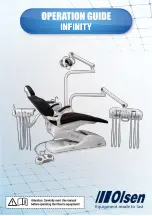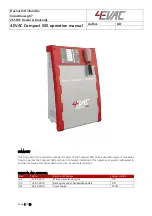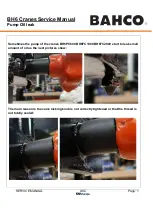
67
The top right rectangle (Peripheral degrees) contains the same parameters as in the top left one, but the
diameter of the circular area is 4.5mm.
The bottom right rectangle contains two parameters: the corneal asphericity referred to the pupillary
surface (4.5mm) and the surface irregularity (SD).
The last parameter measures the difference between the current cornea curvature and the related
aspherical best fit surface. In every panel, curvature and asphericity values are formatted according to the
settings chosen with the items Curvature and Asphericity present in the settings environment.
Peripheral degrees
The table describes the corneal asphericity at the different peripheral degrees (see Fig. 31).
Fig.31
The first four rows of the table describe the parameter values examined along the nasal, temporal, inferior,
and superior emimeridian. The next two rows (horizontal and vertical) represent the average between
nasal and temporal parameter values and between inferior and superior parameter values, respectively.
The last row contains the general parameter averages.
The first two columns show the analyzed meridian and the apical radius along that meridian. The
subsequent rows (R10, R15, R20, R25, R30) indicate the eccentricity value or the sagittal radius at the
various peripheral degrees.
Summary of Contents for MYOPIA EXPERT 700
Page 1: ...MYOPIA EXPERT 700 Biometer USER MANUAL Rev 1 07 04 2021...
Page 15: ...13 3 1 DEVICE SAMPLE LABELING...
Page 24: ...22...
Page 63: ...61 Delete Button Delete the selected row...
Page 79: ...77 Fig 43 It is possible to switch between ETDRS and Landolt C Visus simulation view...
Page 94: ...92 Fig 59...
















































